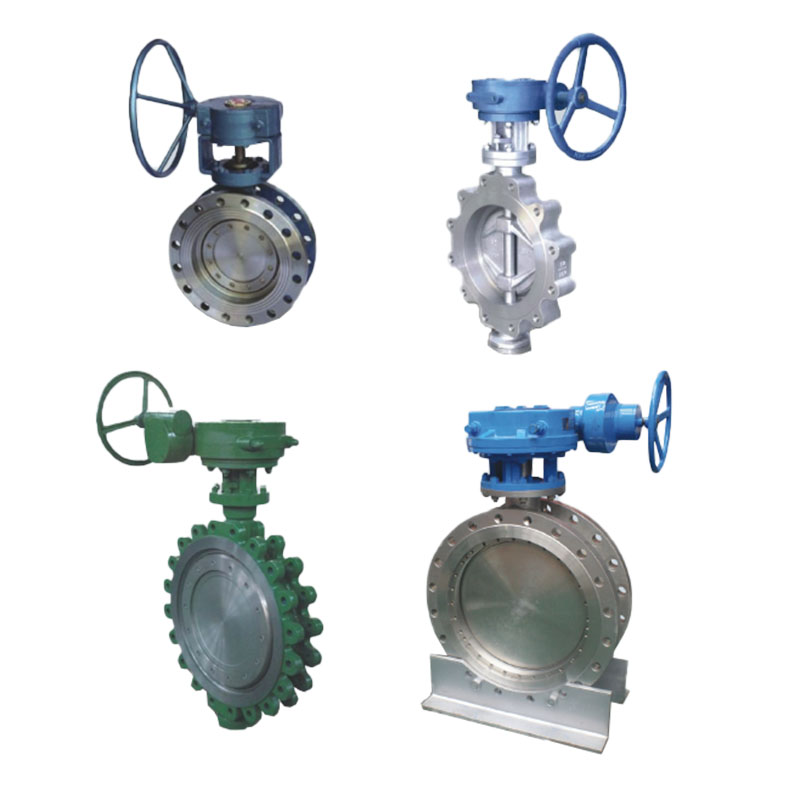Zhejiang Shunlin Valve Co., Ltd. is China Flange Valve Manufacturers, we are design and manufactures API standard valves (globe valves, gate valves, check valves, ball valves).
Important Parts of Ball Valves
Update:2023-11-16 8:00:00 Thursday
Summary:Ball Valves are one of the most versatile and popular types of valves in use. Their many uses and applications include water supply, wastewater treatment, fire sprinkler systems, steam and hot water generation and gas distribution. Ball valves can be......
Ball Valves are one of the most versatile and popular types of valves in use. Their many uses and applications include water supply, wastewater treatment, fire sprinkler systems, steam and hot water generation and gas distribution. Ball valves can be found in homes, automobiles, airplanes, jet fighter engines and a myriad of industrial applications. However, selecting the correct valve for an application can be confusing as there are a variety of different sizes, features and materials.
The Valve Body is the pressure vessel into which the other components of a ball valve are assembled. It is typically fabricated from a material such as cast iron, steel or brass. It is also available in a variety of plastics including PVC and CPVC. The body can be multi-piece or single-piece and may have a top-entry or bottom-entry design. Multi-piece designs can be disassembled for repair whereas single-piece designs are not repairable and require replacement of the entire valve.
Located inside the body are the two valve seats, which provide a seal between the ball and the valve body to control the flow of media. The seat’s solid part is placed on the upstream side of the valve and the hollow portion is placed on the downstream side of the valve to close off the flow. When the valve is opened, the seat’s solid part moves on its pivot point to align with the flow path through the body and forces the hollow part against the seat. The seat can be a floating or trunnion design. A floating design works well on smaller sizes but as the size increases the force required to operate the valve becomes too great for this type of design. The trunnion design is used on larger size valves.
A stem is attached to the seat, which connects to the handle or lever that controls the rotation of the ball and the position of the valve. This can be manual or actuated with electric, pneumatic or hydraulic power sources. The shaft can be welded or bolted to the body and a bonnet is employed to cover the opening made by connecting the stem to the external control mechanism.
There are many different styles of handles and levers to operate a metal ball valve. These can range from simple handwheels and handles to sophisticated automated power actuation. Some ball valves also have auxiliary controls such as position indicators to display the position of the valve – open or closed. Anti-static features are also available to prevent the buildup of static electricity which can cause arcing between the movable part and the stationary parts of the valve, leading to an electrical failure. This can be dangerous to the operator and damage the system. For this reason, it is advisable to select an anti-static ball valve.



 English
English 中文简体
中文简体 русский
русский







